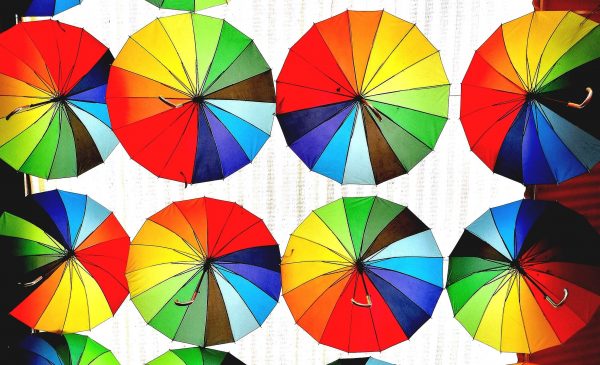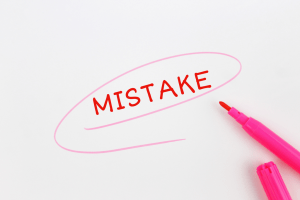
We have all heard many reasons of what keywords mean and why you need to have certain tags or even why you need to have certain descriptions in your page titles for your website. Do you know why you need to have certain colors? Which colors mean what and why do we as marketers use certain colors in our web design or advertising? The days of just having black and white pages describing things are over. Think of a newspaper (if you still read one), what do you see first? Do you see the black and white articles or do you read the vibrant advertisements? When you look at the the advertisements, do you see the ones with color first or the ones that are black and white? Well, websites are no different and there is a psychology behind it all.
First of all, to understand you need to understand color psychology. For simplicity’s sake below are the 5 most common colors which we will explain the psychology of. It is important to note that there is different psychology in different countries, so below is the psychology for the U.S.
- Red—Signifies power, importance, and youth. Red enhances metabolism, causes increases in respiration rate and also raises your blood pressure. Think of your local food place. They often use red as their main color. By increasing the metabolism and importance, your brain thinks that you need to buy—and most likely over buy—what is needed. It ultimately makes you hungry!
- Orange—Shows friendliness, energy, and uniqueness. It gets you excited to do business with a company that uses this color. Think of Harley Davidson as an example. When you look at their website you want to do business with them because it exudes the thought of buying from a friend. Nobody likes being pressured from a normal dealership. Furthermore, it increases your energy level so now you have to go see them no matter how tired or worn out you are.
- Yellow—Gives you thoughts of happiness and enthusiasm while darker yellow shows antiquity. Yellowpages is a great example of this color use. Not only back in the day of Yellowpages, but on their site now, they make sure they get you excited to search for a company and visit their website.
- Green—Green means growth, harmony, and renewal. There are a couple of great examples. Think of your local landscaper or your local restoration company. They both want you to renew your home or landscape. They both want to promote harmony and give you a sense of peace because you have one less thing to worry about. Landscapers in particular want to remind you that grass grows so you will need them over and over again.
- Blue—Blue was chosen as the final color because it is the most popular color in the United States. It promotes calm, reliability, and openness. Think of most technology companies you have run across in the United States. They use blue as a main color. They want your brain to think remain calm, and think, “I need someone reliable and honest to take care of my issue.” Most social media sites use blue because they want you to share information with your friends or family and be open to talking to others.
So now that you know what colors should be used based off of the psychology, how do you use them? Have you heard of a color scheme? A color scheme is defined as “an arrangement or combination of colors.” How do you know what is best? Well, there are three color schemes that are most commonly used in web design.
 Triadic—on a 12 step color wheel use three colors that are 120 degrees from each other.
Triadic—on a 12 step color wheel use three colors that are 120 degrees from each other.

Compound—use 4 colors total. Two contrasting colors and two complementary colors.

Analogous—use 3 complimentary colors.

No matter which scheme you use you need to make sure your website and branding promotes what you want it to show. It is very important and possibly most important to pay attention to the “why,” just as much as the “how,” “what,” and “who.”
This is a great quote from Satyendra Singh from Management Decision*. Satyendra said, “People make up their minds within 90 seconds of their initial interactions with either people or products. About 62‐90 percent of the assessment is based on colors alone.”
*Source: Satyendra Singh, (2006) “Impact of color on marketing”, Management Decision, Vol. 44 Issue: 6, pp.783-789, https://doi.org/10.1108/00251740610673332.






